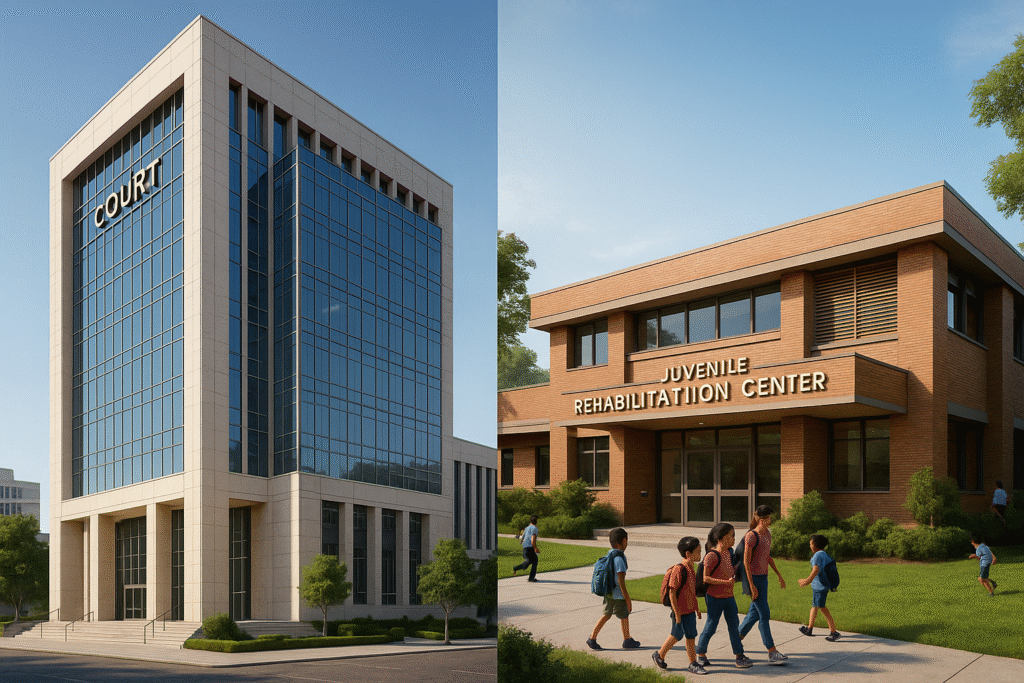Delhi Moves to Modernize Judicial Infrastructure and Juvenile Homes

New Delhi – In a major step toward improving legal and correctional infrastructure, the Delhi government has sanctioned substantial funds for the upgradation of court buildings and the constructiona of an integrated complex for children in conflict with the law.
Court Infrastructure Modernization Delhi Government
Key upgrades include hybrid hearing facilities in district courts and additional funds for the development of court buildings in Dwarka and Karkardooma. The government is also moving forward with the construction of a new Family Court Complex in Rohini, featuring:
- 100 Courtrooms
- 270 Lawyers’ Chambers
- Three basements, a ground floor, and two 11-storey towers
- Estimated cost: ₹714 crore
The financial bidding process is underway, and the lowest bid is currently under evaluation by the competent authority.
The plan for a new district court building near the Rouse Avenue Complex was approved earlier at an estimated cost of ₹427 crore, but the initial tender was canceled due to administrative reasons. A new tender process is expected to begin once pending environmental and land-related clearances are completed, including:
- 3.03 acres of compensatory afforestation land
- Diversion of deemed forest at Rawta village under review
Alos Read: Delhi CM Advocates Reduced Amalgamation Charges and Green Building Policy Expansion
Juvenile Justice Complex at Alipur
An integrated home for juvenile boys is also in the pipeline at Alipur, featuring:
- Dormitories, smart library, classrooms, dining hall, workshop, guest house, and office rooms
- Capacity for 200–250 children
- Estimated cost: ₹97.29 crore
Initially proposed in 2022 by the Department of Women and Child Welfare, the project faced delays but has now been approved. Officials highlighted that the current correctional homes resemble jails and lack adequate rehabilitation facilities, necessitating a modern, child-centric approach.
